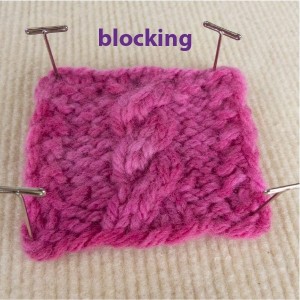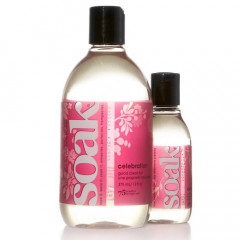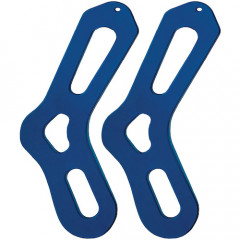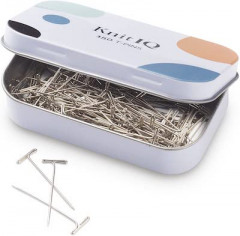Categories:
Basic Knitting Techniques, Knitwear Care
Video: Blocking Knitting – How to Block Your Work
Free Video for Subscribers
 This video is available to anyone with a free subscription. Sign up for free below.
This video is available to anyone with a free subscription. Sign up for free below.
Already a member? LOG IN to watch.

The final touch for most knitting projects is blocking.
Soaking your project in warm water with a little soap and then laying it out to dry is all it takes to make your edges and stitches more even and to cover up any inconsistencies in your tension.
Instructions
- Soak for 20 minutes in water with Soak or Eucalan.
- Gently squeeze out water.
- Lay flat to dry, stretching and pinning if desired.
More Information
Blocking is more important on some projects than on others. It tends to flatten out the knitted piece, so if your project depends on the stitches being very three-dimensional (ribbed scarves being a prime example), you may want to avoid blocking.
Because it flattens out knitted fabric and limits the tendency of Stockinette stitch to curl, blocking is very helpful on any project where you plan to seam or sew the edges. It’s easier to see what’s going on if the edge is flat and straight. To flatten, widen, or straighten the edges of your project even more aggressively, use T-pins to hold the corners and sides of your knitting in place as it dries.
You can pin your piece to anything you want – a couch cushion, the mattress in the spare bedroom, etc. You can also get a blocking kit with specialized interlocking foam pieces that dry quickly and can be arranged in any shape.
To block something lightly, after you soak it, squeeze out as much water as you can before laying it flat. Then, when you lay it flat, be careful not to stretch it out. Just use your fingers to straighten the edges and make the whole thing look even and neat.
To block something aggressively, leave the knitted piece quite damp, stretch it aggressively into the shape that you want, and use T-pins to hold it in that shape until it dries.
Related Blog Posts:
Resources referenced in this post:
- Soak by Soak Wash

- Sock Blockers by Knitter's Pride

- T-Pins by KnitIQ





